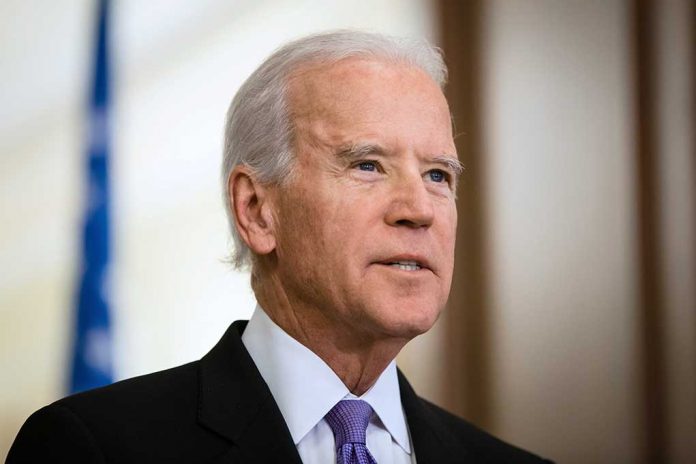
(IntegrityMag.com) – The Taliban is now effectively in complete control of Afghanistan, having occupied the capital city of Kabul since August 15. With former President Ashraf Ghani on the run, the totalitarian force is free to exert its will on the nation’s people.
In fact, it now looks like they hold their strongest position ever, occupying more territory than they did before the initial US invasion in 2001.
Then & Now
On Tuesday, August 17, the BBC reported the Taliban controlled every district in Afghanistan except the seven in the Panjshir province. These districts represent only a tiny sliver of the nation.
Prior to America’s military engagement in the region at the beginning of the century, the Taliban did not hold a large chunk of land in the northwest of the country; traditionally, districts there were under the control of the Northern Alliance. Today, they belong to the Taliban.
How Did This Happen?
President Joe Biden insists his strategy on pulling troops out of Afghanistan was sound. However, experts seem to disagree. Many now suggest what happened was entirely predictable and avoidable.
First, it appears the administration overestimated the number of operational Afghan troops by around 100,000. The inflated guess of over 350,000 personnel reportedly came about because of “ghost soldiers,” retired or deceased operatives who remained on the books to allow their commanders to take their pay. This pay would have come from the $83 billion the US taxpayers reportedly spent on building and maintaining Afghanistan’s armed forces.
Officials’ claim Kabul would not immediately fall to the Taliban upon US withdrawal was no certainty. Intelligence reports from within the administration indicated the outcome was a strong possibility. Some warned of the likelihood an evacuation attempt for key US diplomats and other personnel would be necessary.
Also, the Biden administration’s narrative failed to account for the significant gains Taliban operatives had made in the months leading up to the withdrawal. The militia had assumed control of crucial border crossings and begun attacking Afghan government forces more regularly. This trend didn’t come out of the blue; several consecutive quarterly reports from the Special Inspector General for Afghanistan Reconstruction hinted at it.
Four different American presidents carried out the campaign in Afghanistan over two decades. Therefore, it’s difficult to lay the blame squarely at the feet of any single figure. However, given the growing chorus of voices at home and abroad questioning Joe Biden’s withdrawal strategy, it may be time to wonder whether he should have done things differently.
Copyright 2021, IntegrityMag.com













